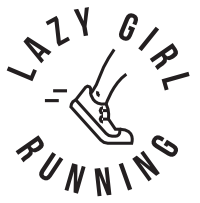The ‘wall’ as referred to by marathon runners, while metaphorical, is actually a real thing that happens to the body when all of the glycogen in the body has been used up and fat has to be burned as an alternative form of fuel. Fat isn’t as efficient as a fuel for running – a bit like cooking a jacket potato in an oven instead of the microwave – it takes longer and therefore your running rate slows down (or even stops) and you feel a bit rubbish to say the least.
In order to avoid ‘hitting the wall’ you need to load up on carbs before your race and take on fuel during, as well as running at the right pace. But how do you know how much to eat and how fast to run? Well, you could just do what I did and let not a single Jaffa Cake or Jelly Baby get away unscathed, or you could do some maths. I know what I’d prefer but let’s investigate the maths option anyway.
Handily, some terribly clever people at Harvard have now come up with an equation that will help marathon runners avoid hitting the wall. And what’s more, you don’t even need to do the sums yourself, just chuck a few figures in a website and Bob’s your uncle.
So I gave it a whirl and it told me that:
I’d burn 4852 calories running a marathon.
My conservative best marathon time is 4.33 (that’s close to my actual time)
My best marathon time could be 3.07
In order to achieve my best time I’d need to carb load 4608 calories beforehand.
Food for thought – quite literally. Give it a go and see what it tells you.


I tried it earlier and got a conservative best of 3hr 40 – an hour down from my current PB.
Think I’d better pull my finger out and put the training in!
@serunner